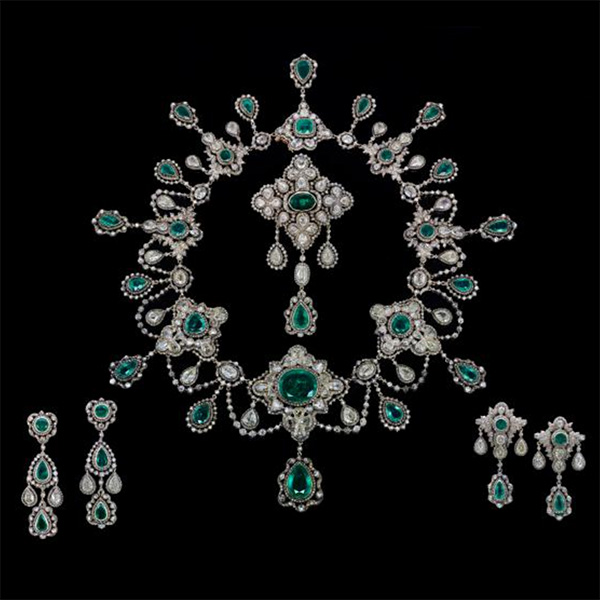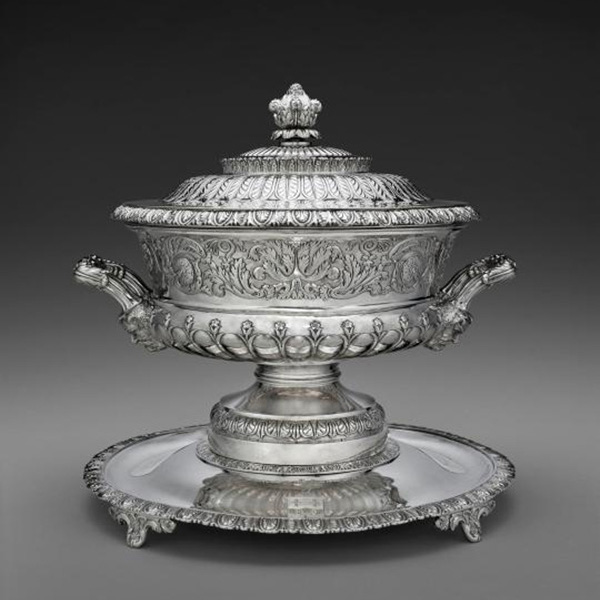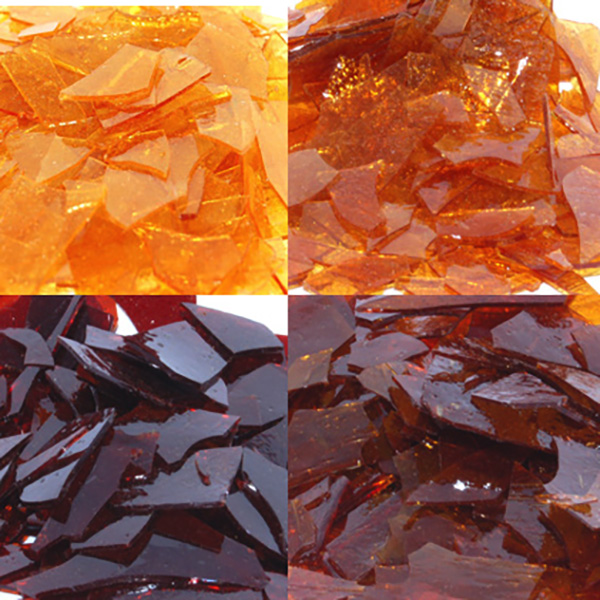Two different minerals are known as jade. These are jadeite and nephrite. Jadeite is an aluminosilicate mineral where the charge of the aluminosilicate framework is balanced by sodium ions, while nephrite is a silicate mineral where the cations are calcium and magnesium. In jadeite, the SiO4 tetrahedra are share an oygen atom with an adjacent SiO4 group to produce into one-dimensional chains. In nephrite, the SiO4 unit are first linked into -[SiO]6- rings that are then fused into one-dimensional chains. Trace transition metal ions such as iron and chromium are responsible for the color. Jade can range from white to light green to dark greend, but may also occur in yellows, brown, black, reds, pinks and violets. Jadeite is slightly harder with a Mohs harness of 6.5 to 7.0, while that of nephrite is 6.0 to 6.5.

Shortcuts
Crystal Structure Data
- Jadeite: Cameron M, Sueno S, Prewitt C T, Papike J J, American Mineralogist, 1973, 58, 594 - 618.
- Nephrite: Evans B W, Yang H, American Mineralogist, 1998, 83, 458 - 475.
Credits for the Header Image
- Nephrite jade from the Precambrian of Wyoming, USA. Photo by James St. John, CC BY 2.0, via Wikimedia Commons.
- Figure of an Immortal unknown Chinese, Jade, 1736 - 1785, Public Domain, from the Collection of the MFAH.
- Jade Box and Cover, Unknown Chinese, 18th–19th century, Public Domain, from the Collection of the MFAH.
- Dagger with Sheath, Indian/Mughal, 17th - 19th century, Steel, gold, jade, beryl, ruby, emerald, topaz, silver, pearl, wood, velvet. Public Domain, From the Collection of the Metropolitan Museum of Art.
Department of Chemistry

Houston, TX
6100 Main St., Houston, TX 77005-1827 | Mailing Address: P.O. Box 1892, Houston, TX 77251-1892 713-348-0000 |












